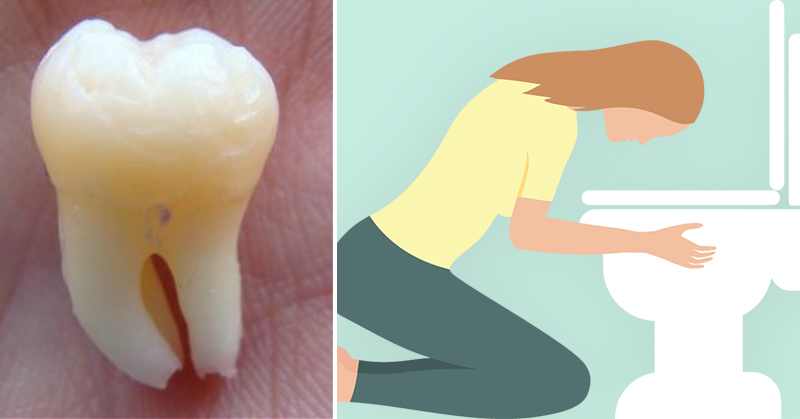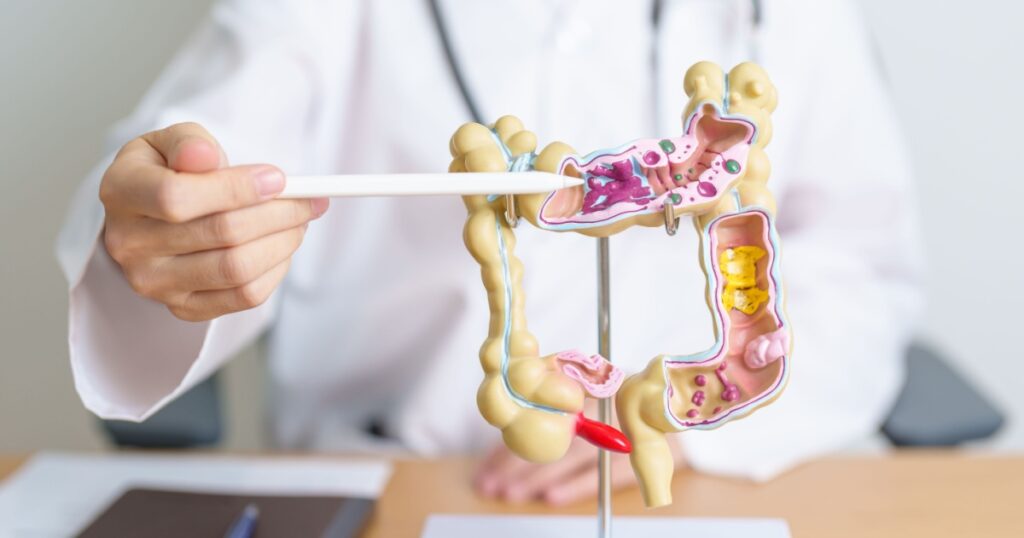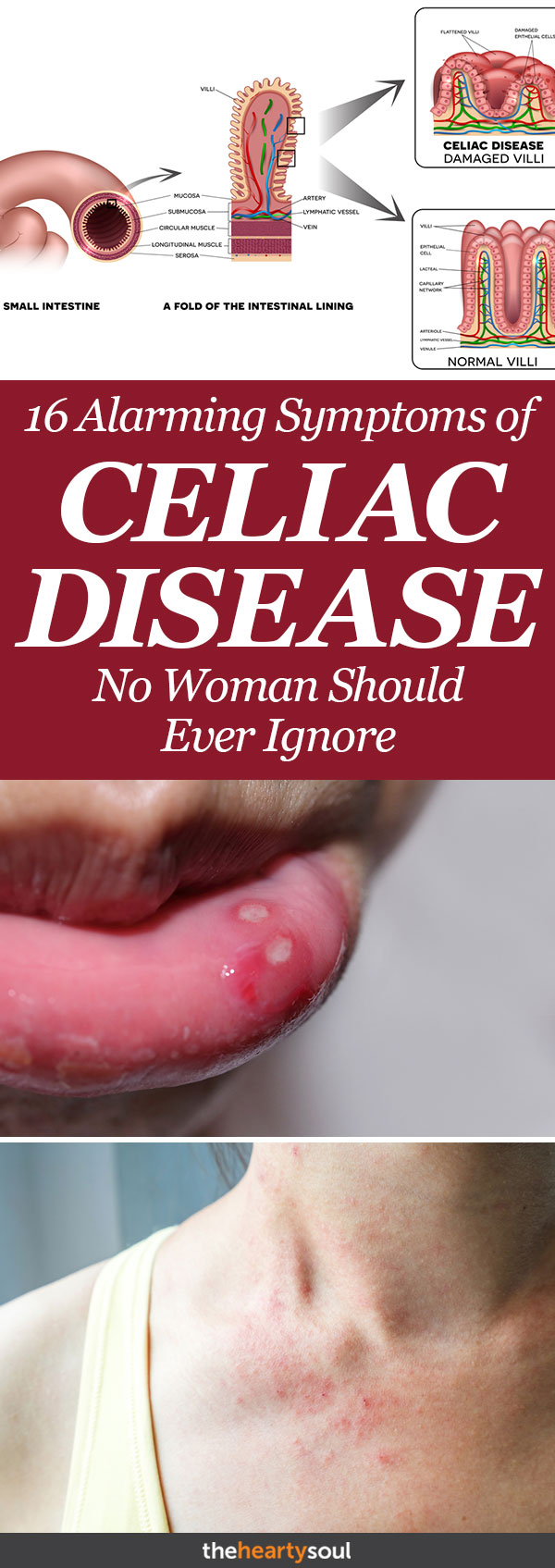Celiac Disease is an autoimmune disease that damages the small intestine and ruins the absorption of nutrients. Unfortunately, about 83% of Americans with this condition are either undiagnosed or misdiagnosed with other ailments. (1)
Celiac Disease: A Growing Trend

Recent studies find that celiac disease is becoming more and more widespread. For example, in an article by the Mayo Clinic, scientists compared blood samples from Air Force members in the 1950s to those taken from Minnesota citizens in 1995, showing the prevalence of celiac jumped from .2% to 1%. Since the cause of this disease is unknown, it is likely to continue spreading among the population. (3) “We are really on verge of an epidemic, and something is happening to make us more vulnerable,” says study researcher Alessio Fasano, MD, director of the University of Maryland’s School of Medicine Center for Celiac Research and their Mucosal Biology Research Center. “This is likely due to a change in environment.”
Read More: B vitamins could help treat severe nonalcoholic fatty liver disease
Are You Born With Celiac Disease?

One common misconception is that celiac disease is only developed in childhood and if you make it to adulthood without any diagnosis you’re free for life. This is unfortunately false. Celiac can come at any age, even if you were previously tested negative. The Celiac Disease Foundation said that one in 133 people today have celiac disease. A 2008 study showed that elderly people have a high risk of developing it as well. “You can’t write this off at any age,” says Fasano. “Even in an elderly patient, you can’t say ‘it can’t be celiac disease.’ If somebody tested negative for celiac disease at age 50, and then develops symptoms at age 65, test them again because you can develop gluten intolerance at any age.” (4)
The Difference Between Celiac Disease and Gluten Intolerance

Celiac is often confused with gluten intolerance or also known as non-celiac gluten sensitivity. The key difference between the two conditions is that celiac disease is an autoimmune condition in which the immune system reacts to gluten; while a gluten intolerance is an inability or difficulty of digesting gluten. These patients can test negative for celiac disease yet still suffer from symptoms similar to celiac, like stomach pain, fatigue, and headaches, but are relieved when they abstain from gluten. This condition can manifest from overexposure to gluten since it seems to be in everything nowadays from cookies to licorice to jelly beans to condiments. (6)
Symptoms for celiac are individual to each case, but tend to include:

- anemia
- bloating and gas
- anxiety
- constipation
- delayed growth in children
- diarrhea, nausea
- depression
- discolored teeth, enamel erosion, common cavities, and tooth formation abnormalities
- fatigue
- headaches/migraines
- thin bones
- skin rashes
- infertility
- joint pain
- canker sores
- tingling/numbness (resembling ‘pins and needles’) (2)
Read More: Signs of Fatty Liver Disease That Show Up in Your Face
How To Get Diagnosed for Celiac Disease

In order to be tested for celiac, you’ll need gluten in your diet. If you’re on a gluten-free diet, talk to your doctor about going on a “gluten challenge” plan, which typically includes two servings of gluten (equal to four slices of bread) every day for 8 weeks. Then the tests commence with:
Blood test. This scans for certain antibodies in your blood. Celiac patients have them with levels higher than normal.
HLA genetic test. This blood test, saliva test, or swab checks for HLA-DQ2 and HLA-DQ8 genes. If you don’t have them, you probably do not have celiac.
If these two tests are positive, the next step is endoscopy where the doctor examines the small intestine for damage by inserting a scope with a camera orally into the intestinal tract. This is also known as a biopsy. (5)
Treating Celiac Disease

If your doctor diagnoses you with celiac disease, there is only one proven way to alleviate symptoms and that is to eliminate wheat, barley, and rye from your diet; there are no other cures or pharmaceutical treatments available today. However, with the current research on gluten and the overall popularity of a gluten-free diet, there are many food brands and cookbooks available.
So what grains are actually gluten-free? Below is a list of substitutes you can try out:

- Oats (Grains like oats are naturally gluten-free, but become cross-contaminated during food processing, so be sure to buy only gluten-free grains)
- Amaranth
- Buckwheat
- Corn
- Millet
- Quinoa
- Rice
- Teff
Lastly, get into the habit of reading labels and avoid these tricky ingredients that contain small traces of gluten such as:

- Soy sauce
- Dressings/marinades
- Malt
- Syrups
- Dextrin
- Starch
The Bottom Line

A lifelong gluten-free diet will allow the immune and digestive system to heal itself and prevent the symptoms from flaring up again. It may take from a few weeks to months to feel better, depending on the severity of the case, (6) but after some time, you probably won’t even notice any limitations on your food choices. What you will notice is a significant difference in the way you feel from day to day!
Read More: 5 Ways to Make Sure You Don’t Get Lyme Disease This Summer

Sources
- (1) Beyond Celiac. Celiac Disease: Fast Facts. https://www.beyondceliac.org/celiac-disease/facts-and-figures/ Accessed: September 19, 2017
- (2) Beyond Celiac. Celiac Disease Symptoms List. https://www.beyondceliac.org/celiac-disease/symptoms/ Accessed: September 19, 2017
- (3) Beyond Celiac.Is Celiac Disease on the Rise? https://www.beyondceliac.org/research-news/View-Research-News/1394/postid–81377/ Published: June 1, 2017. Accessed: September 19, 2017
- (4) Denise Mann. Celiac Disease Can Develop at Any Age
- https://www.webmd.com/digestive-disorders/celiac-disease/news/20100927/celiac-disease-can-develop-at-any-age#1 Reviewed by Laura J. Martin, MD on September 27, 2010. Accessed: September 19, 2017
- (5) WebMD. How Do I Know If I Have Celiac Disease? https://www.webmd.com/digestive-disorders/celiac-disease/celiac-disease-diagnosis-tests#1 Reviewed by Jennifer Robinson, MD on November 18, 2016. Accessed: September 19, 2017
